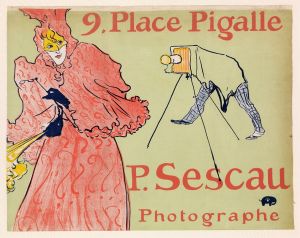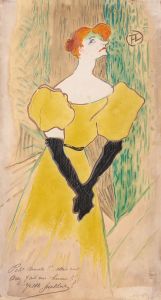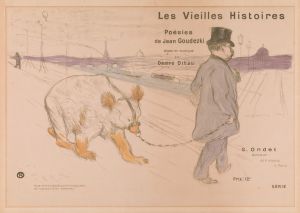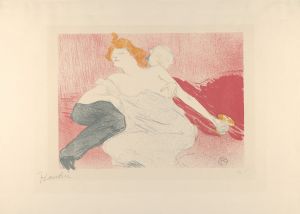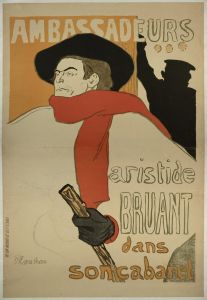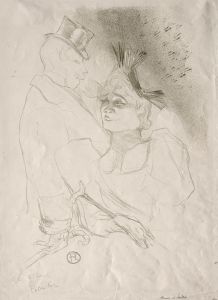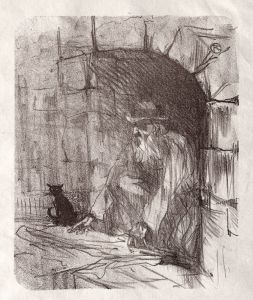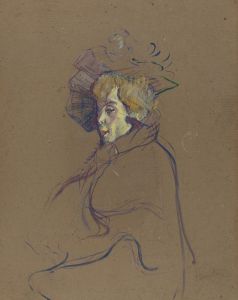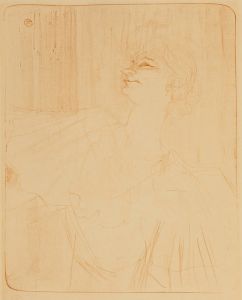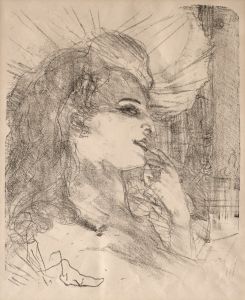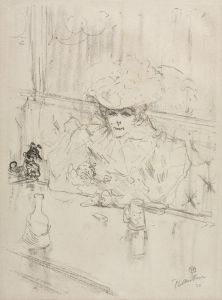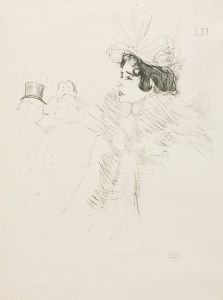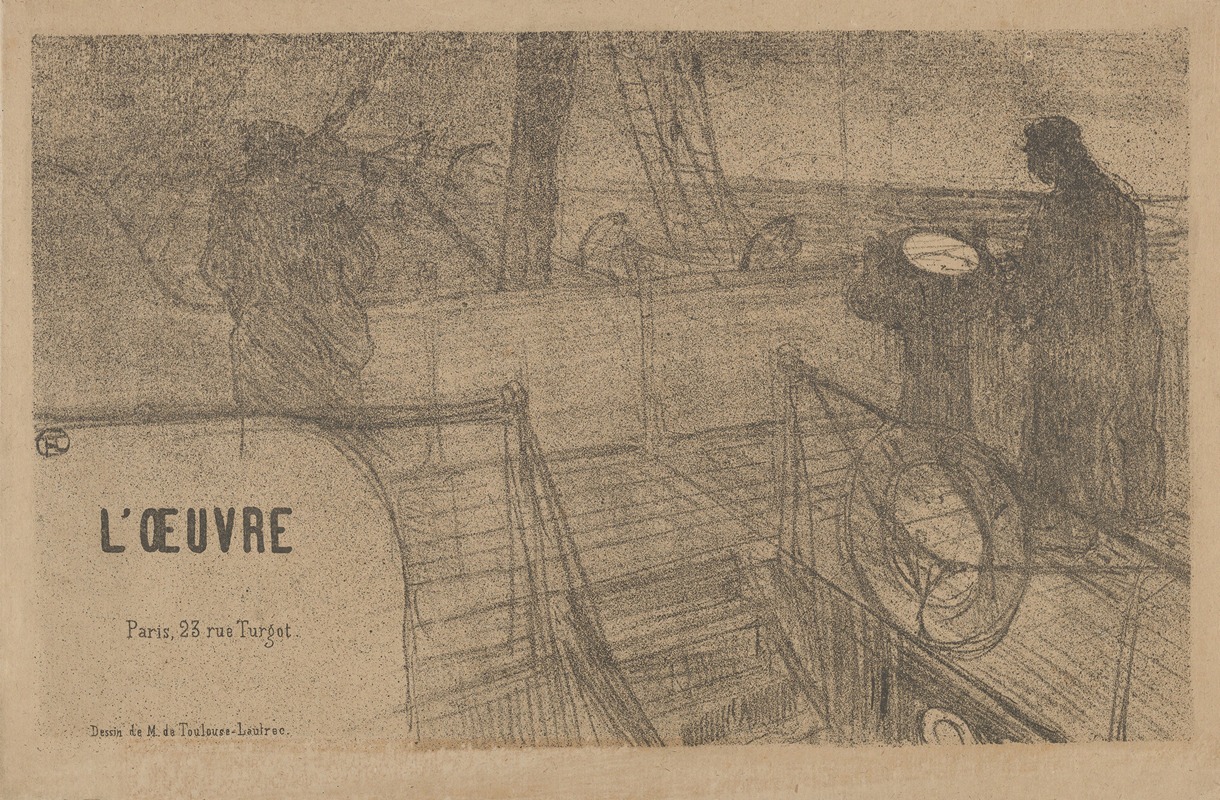
Announcement for the Théâtre de L’Oeuvre
A hand-painted replica of Henri de Toulouse-Lautrec’s masterpiece Announcement for the Théâtre de L’Oeuvre, meticulously crafted by professional artists to capture the true essence of the original. Each piece is created with museum-quality canvas and rare mineral pigments, carefully painted by experienced artists with delicate brushstrokes and rich, layered colors to perfectly recreate the texture of the original artwork. Unlike machine-printed reproductions, this hand-painted version brings the painting to life, infused with the artist’s emotions and skill in every stroke. Whether for personal collection or home decoration, it instantly elevates the artistic atmosphere of any space.
Henri de Toulouse-Lautrec, a prominent French painter, printmaker, and illustrator, created the artwork "Announcement for the Théâtre de L’Oeuvre" in the late 19th century. Toulouse-Lautrec is renowned for his depictions of Parisian nightlife, particularly the bohemian lifestyle of Montmartre, where he spent much of his career. His work often captured the vibrant and sometimes decadent atmosphere of the cabarets, theaters, and dance halls of Paris.
The Théâtre de L’Oeuvre, founded in 1893 by the actor and director Aurélien Lugné-Poe, was an avant-garde theater in Paris that played a significant role in the Symbolist movement. The theater was known for its experimental productions and for staging works by contemporary playwrights such as Henrik Ibsen, August Strindberg, and Maurice Maeterlinck. Lugné-Poe's vision for the theater was to create a space that challenged conventional theatrical norms and embraced innovative artistic expressions.
Toulouse-Lautrec's involvement with the Théâtre de L’Oeuvre was part of his broader engagement with the Parisian art scene. His poster for the theater is an example of his skill in lithography, a medium he frequently employed to create posters and advertisements. These works were not only artistic expressions but also served practical purposes in promoting events and venues.
The "Announcement for the Théâtre de L’Oeuvre" reflects Toulouse-Lautrec's distinctive style, characterized by bold lines, dynamic compositions, and a keen eye for capturing the essence of his subjects. His posters often featured exaggerated forms and expressive figures, which conveyed the energy and spirit of the performances they advertised. Toulouse-Lautrec's ability to distill complex scenes into striking, memorable images made his posters highly effective as promotional tools.
In this particular artwork, Toulouse-Lautrec likely employed his typical approach of using a limited color palette and strong contrasts to draw attention to the central figures and themes. His work in poster design was influential in the development of graphic design as an art form, and his posters are considered some of the finest examples of the medium from that era.
Toulouse-Lautrec's contributions to the art world extended beyond his posters. He was a prolific artist who produced a wide range of works, including paintings, drawings, and prints. Despite his relatively short life—he died at the age of 36—his impact on the art world was significant. His works are celebrated for their technical skill, innovative use of color and line, and their ability to capture the spirit of the Belle Époque.
Today, Toulouse-Lautrec's "Announcement for the Théâtre de L’Oeuvre" is appreciated not only for its artistic merit but also as a historical document that provides insight into the cultural life of Paris during the late 19th century. His posters remain iconic representations of the era and continue to be studied and admired for their artistic and historical significance.





